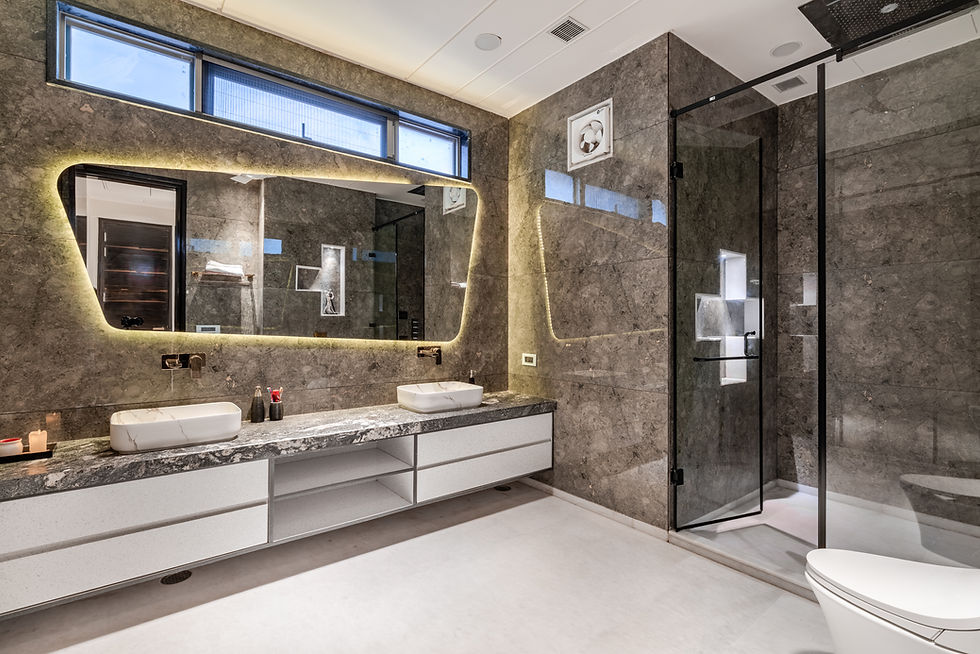Bathroom occupancy monitoring is transforming the way industries optimize space utilization and maintain hygiene standards. Whether its for a commercial building, public restroom, or a smart home, understanding how many people use a bathroom and when is crucial for enhancing user experience and operational efficiency. As the demand for smart solutions grows, industry QA professionals are increasingly tasked with ensuring these systems are both effective and reliable.

Understanding the Basics of Bathroom Occupancy Monitoring
At its core, bathroom occupancy monitoring involves using sensors and software to track the usage of restrooms. These systems can help businesses and facility managers make data-driven decisions about cleaning schedules, resource allocation, and even energy use. The technology typically involves motion sensors, infrared sensors, or door counters that provide real-time data on occupancy levels.
Automated bathroom systems have evolved significantly, offering new features like mobile notifications and integration with other smart building technologies. These advancements are particularly relevant for bathroom automation with HomeKit, which allows for seamless integration with personal smart home ecosystems.
Why Industry QA Should Care
For industry QA professionals, the reliability of bathroom occupancy monitoring systems is paramount. These systems not only need to provide accurate data but also need to operate seamlessly without causing disruptions. A faulty sensor could lead to incorrect data, which in turn can affect everything from cleaning schedules to user satisfaction.
The importance of quality assurance in this domain cannot be overstated. By ensuring that these systems function correctly, QA professionals help maintain the integrity and efficiency of the entire facility management process. Moreover, with the growing emphasis on smart building technologies, the role of QA in validating these systems has never been more critical.
Advantages of Implementing Bathroom Occupancy Monitoring Systems
The benefits of implementing bathroom occupancy monitoring systems are manifold. First and foremost, they provide real-time insights into restroom usage, which can help in optimizing cleaning schedules and maintaining hygiene. This is especially important in high-traffic areas where cleanliness is a top priority.
Additionally, these systems can lead to significant cost savings. By accurately predicting restroom usage patterns, facility managers can reduce unnecessary cleaning and maintenance, thereby saving on labor and materials. In terms of energy efficiency, smart occupancy sensors can also control lighting and ventilation systems, ensuring they are only used when necessary.
For more insights on how these systems can transform your bathroom spaces, check out bathroom night light ideas for innovative solutions.
Choosing the Right System
When selecting a bathroom occupancy monitoring system, its essential to consider factors such as accuracy, ease of installation, and compatibility with existing infrastructure. Some systems offer advanced features like user privacy protection, which can be a significant consideration in public restrooms.
Its also critical to evaluate the data security measures in place. With the increasing use of IoT devices in bathroom monitoring, ensuring data privacy and protection is a key concern for industry QA.
Case Study: Successful Implementation
One of the notable success stories in bathroom occupancy monitoring comes from a major airport that installed smart sensors across all its restrooms. The data collected helped the facility management team optimize cleaning schedules, resulting in improved cleanliness and customer satisfaction.
This example highlights the potential of these systems to enhance operational efficiency and user experience. By leveraging the right technology, industries can achieve significant improvements in facility management.
For further reading on innovative bathroom technologies, visit the eco-friendly smart bathroom design article for sustainable solutions.
Challenges and Future Trends
While bathroom occupancy monitoring offers numerous benefits, there are challenges to consider. These include the initial cost of installation, potential privacy concerns, and the need for ongoing maintenance and updates.
Looking forward, the future of bathroom monitoring systems is promising. As technology advances, we can expect more sophisticated sensors that offer even greater accuracy and features. Integration with AI and machine learning could further enhance the capabilities of these systems, providing predictive analytics and more personalized user experiences.
Final Thoughts
In conclusion, bathroom occupancy monitoring is a critical component of modern facility management. For industry QA professionals, ensuring the reliability and effectiveness of these systems is essential. As we continue to move towards smarter buildings, these systems will play an increasingly important role in optimizing operations and enhancing user satisfaction.
For more ideas on designing the perfect bathroom space, explore bathroom ideas in our comprehensive guide.

FAQ
What is the primary purpose of bathroom occupancy monitoring?
The primary purpose is to track restroom usage in real-time, optimizing cleaning schedules, enhancing user experience, and improving operational efficiency.
How can these systems benefit facility management?
They provide data-driven insights that help in decision-making for cleaning, maintenance, and energy use, leading to cost savings and improved hygiene standards.
Are there privacy concerns with these systems?
Yes, privacy concerns can arise, but many systems are designed with privacy protection features to ensure user data is secure and anonymous.






